Montessori Approach
Montessori is a child-centered approach that respects the whole child. It is a curriculum that acknowledges that there is no “cookie cutter” four year old, or “typical” third grader. Montessori teachers believe that for the best learning to occur, children must be met where they are at in the learning process. They must be allowed autonomy and choice in learning practice through freedom within loving limits. Through real work opportunities and choice, Montessori classrooms produce children who are confident, accountable, and intrinsically motivated. Montessori teachers know that learning can be joyful, and with the presence of that joy – learning will be more effective.
-
The educator's (a.k.a. guide) primary roles are to both carefully prepare the environment to reflect the needs of the children and to regularly observe and take notes on the students in order to better prepare the materials and the classroom. The guide observes his/her students to identify “sensitive periods” or moments when a child may have an easier time learning a concept, and then scaffolds that learning need with lessons and the appropriate materials. There is no expectation that children all perform or learn the same lesson, at the same time, or in the same way. The environment is constantly evolving and adapting to meet the needs of all the children.
-
Maria Montessori believed that children have a strong innate desire to learn and if they are presented with a rich environment that meets and calls out to their needs, they will be joyful and content in their learning. Montessori believed that teaching need not be something that is forced on children, but instead can be something they cannot wait to do each day. Teachers that are trained in Montessori develop this belief in children and carry it with them in their practice and work with children.
-
The hallmark of the Montessori classroom is that it is the child’s classroom, not the teacher’s classroom. In the Montessori classroom, there are not rows of desks, instead, children work at tables or on the floor, rolling out mats on which to work and define their work space. The classrooms are designed so that children may be successful in their daily work with tools made of their size and are hung at their level. There are open-ended work times during which the students move freely throughout the environment, choosing what material they want to work on, and engaging in periods of deep concentration around this interest-based learning.
-
Montessori believed in a natural setting for educating children, this belief can be seen in many ways in her classrooms. Montessori classrooms are multi-aged. For example a child typically starts in a pre-primary classroom at age three, and will stay in that same classroom with those same teachers through age six. Mixed ages allow for children to teach one another with skill and confidence. Another way in which the classrooms are natural and purposeful is in Montessori's lessons and areas of practical life. Montessori's view of supporting the whole child toward independence through practical life experiences is a lesser known aspect of her philosophy than her system of strong academics, but is a vital and important component of the Montessori classroom. Montessori classrooms and teachers are also geared to support and develop a deep sense and reverence for the natural world.
-
The classroom is prepared mindfully and from the perspective of the child. Montessori developed rich sensorial activities which are used often with children of various special needs today. There are particular areas and materials that are inherent to the Montessori classroom, and then aspects of the environment that are developed for the particular children of that given time period. This may differ from school to school depending on the training system that is aligned with any one particular school. Each classroom is carefully and lovingly prepared, replenished, altered, and cared for on a daily basis by the teacher for the child.
Research
Increased Creativity in Montessori Students | Besancon, M. & Lubart, T. (2007)
Published in Learning and Individual Differences, 18, 391-399
A Parisian study conducted in 2007 studied the differences in the development of creative competencies in children schooled in diverse learning environments. This two-year study examined creativity development in first through fifth graders in four Parisian schools. Overall, students who attended Montessori performed higher on creativity tests and achieved higher levels of creativity over the two year study period than students in the other three schools.
Academic & Behavioral Advantages among Montessori Students | Lillard, A. & Else-Quest, N (2006)
Science, 313, 1893-1894
Probably the most famous study published in Science magazine in 2006 was a quantitative study that examined academic and behavioral skills in students attending Montessori vs. non-Montessori schools. Participants were 59 Montessori students and 53 non-Montessori students, in 5 and12 year old age groups. The data indicated significant advantages among Montessori students in both age groups.
Montessori Students Like their Teachers and Schools | Rathunde, K. &Csikszentmihalyi, M. (2005)
Elementary School Journal, 106(1), 59-79
This study, which focused on how middle school students view their learning environments, peers, and teachers, was a qualitative study that examined affective characteristics in 290 middle school students in Montessori and non-Montessori environments. Compared to students in non-Montessori schools, Montessori students had more positive perceptions of their teachers and learning environments. In addition, Montessori students were more likely to call their classmates their friends while at school.
Links & Resources
Nurturing the Love of Learning: Montessori Education for the Preschool Years
A video developed by the American Montessori Society.
American Montessori Society (AMS)
AMS is a vibrant community of schools, teachers, families, and others determined to make Montessori a strong and positive force in education. Woodland is a full member of the American Montessori Society. Something else here about the organization, what it means to WMS, and how their website could be helpful to parents.
A great resource for more information about the Montessori methodology.

